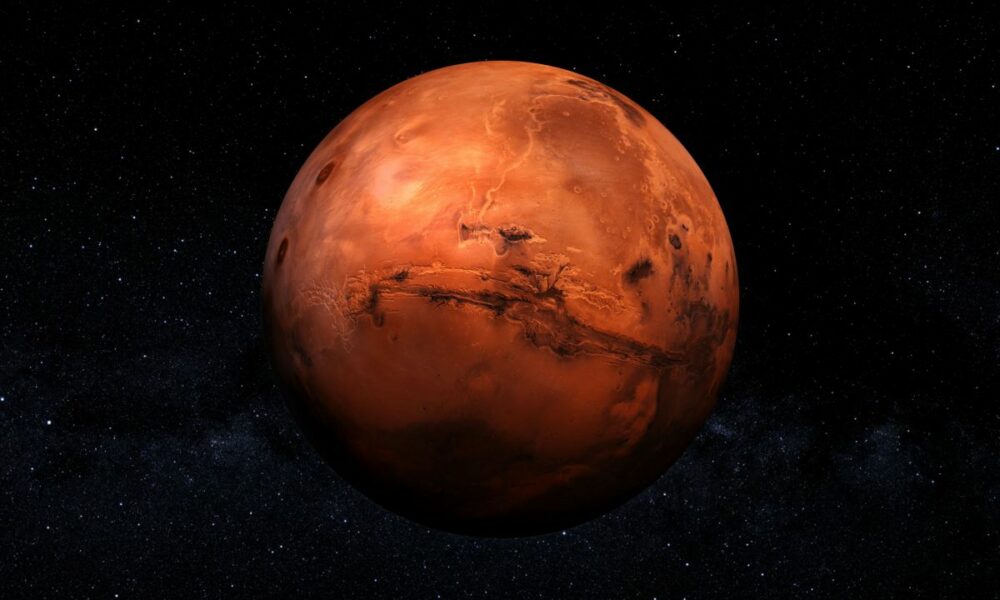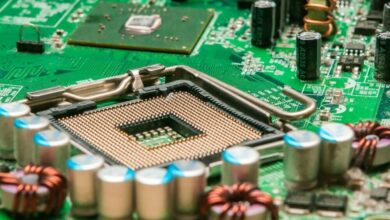
There are people in the world who live with the obsession that human beings step on other planets. Technology has long since ceased to be a limitation, so the great barrier that remains is us, a weak and fragile species that aims to have it very difficult to inhabit places other than Earth, even a nearby one like the Moon. Mars Nor is it that it invites optimism seeing not only its terrible conditions from our perspective, but also the risks involved in traveling to the planet.
A report entitled “Manned Missions to Mars: Modeling the Impact of Astrophysical Charged Particles on Astronauts and Assessing Health Effects” has recently been published, which attempts to assess the impact of exposure to ionizing radiation from the sun and outside the solar system on the health of astronauts intending to travel to Marsand it seems many things are going to have to be planned, organized and protocolized so that they are really safe.
The report has been done by people from various international universities and institutes and has not been peer-reviewed. It states that spacecraft, at least under current conditions, offer little protection against ionizing radiation, a factor made worse by the estimated 300 travel days for the one-way trip alone.
If the trip is already a potential health hazard in itself, the conditions on Mars are no less in that sense, more so seeing its atmosphere, which does not have the necessary composition to support terrestrial life, is much less dense and lacks the protections provided by our planet. All this adds to the fact that it lacks a magnetic field.
The report states that “adverse health impacts on astronauts include, for example, acute radiation syndrome, damage to the nervous system, and increased risk of cancer. Using a combination of radiation measurements and numerical modeling with the GEANT4 package, we calculated the radiation dose distribution in various organs of the human body for various expected scenarios simulated with a human phantom model.” In order to minimize the impact, those responsible suggest “mitigation strategies, such as improved forms of protection and dietary supplements, and we make recommendations for the safety of astronauts on future manned missions to Mars.”.
The European Space Agency (ESA), NASA and Roscosmos (Russian space agency) have established a radiation limit to which astronauts can be exposed throughout their career. The first and third have it at 1 Sievert (Sv), while NASA has set it at 0.6 Sieverts.
Those responsible for the report state that, to a 1,000-day round trip, they found that most organs in an astronaut’s body would contain radiation levels greater than 1 Sievert, making a trip to Mars unsustainable under current conditions..
This report contrasts with other information that said that traveling to Mars did not represent such a serious problem as believed. Whether or not what is stated in this latest report is really true (we remember that it is pending peer review), everything indicates that traveling through space is not going to be that fascinating experience that they sell us from fiction, but rather a test of survival. in which the crew will have to take extreme care of even the smallest detail.


